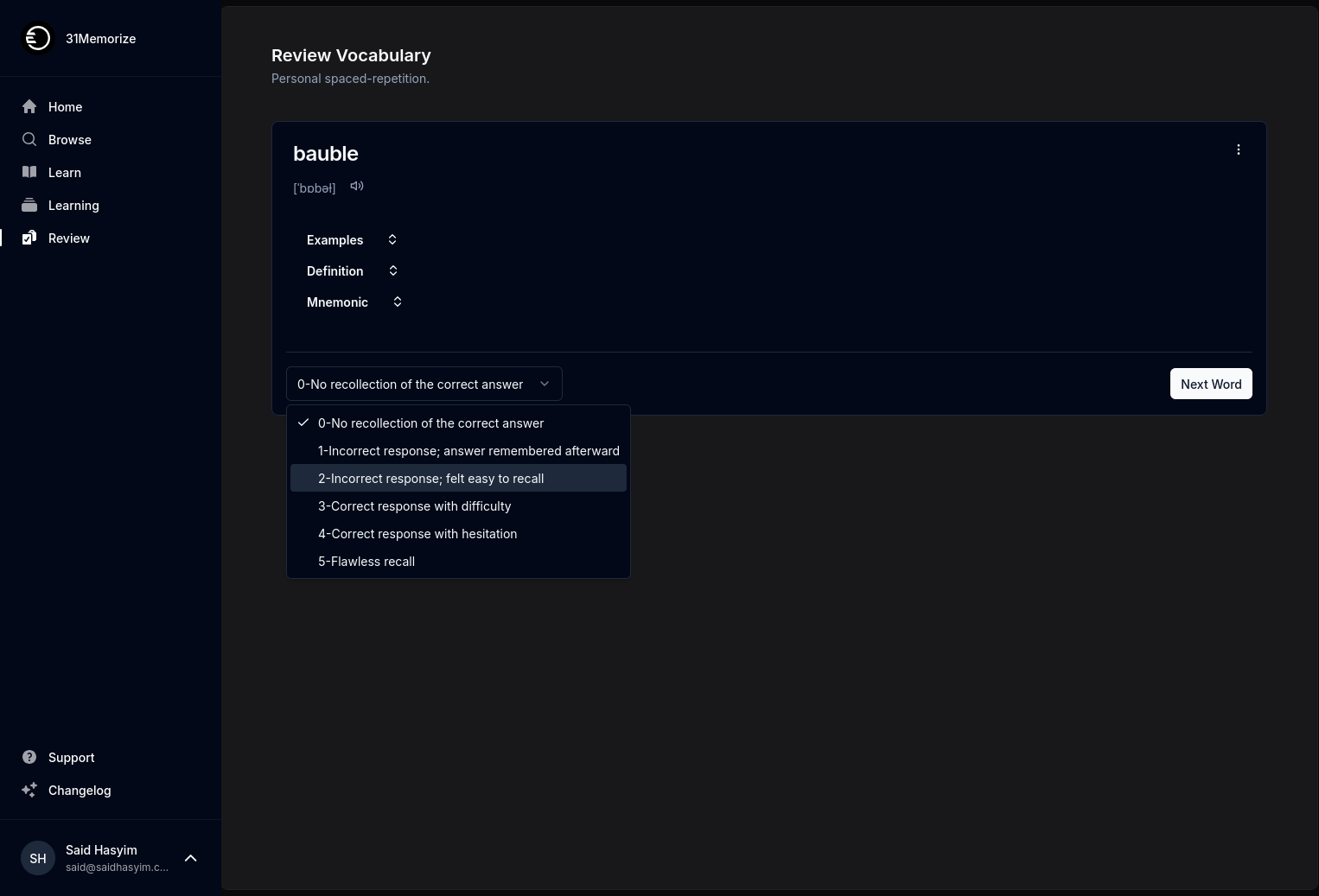Insights into Reader Behavior Through Reviews
In the age of information, consumer behavior is a treasure trove of data waiting to be analyzed. Book reviews, in particular, are a fascinating aspect of this behavior, offering insights not only into readers' preferences but also their emotions, thoughts, and social influences. Understanding reader behavior through the lens of reviews can help authors, publishers, and marketers create better products and tailor their strategies to meet the diverse needs of their audiences.
The Power of Reviews
Reviews serve multiple purposes. They act as a research tool for potential readers, a feedback mechanism for creators, and a bridge between different social dynamics. When a reader pens a review, they don’t just share their opinion; they contribute to an ongoing conversation about the book's themes, characters, and impact. This discussion can take place across various platforms, including online bookstores, social media, and dedicated review sites.
Reader Sentiment and Emotional Connection
One of the most significant insights gained from analyzing book reviews is reader sentiment. Reviews provide a window into how a reader felt about a book—it’s a way for them to express joy, frustration, empathy, or even disappointment. Key phrases like “I loved,” “I felt,” or “I was disappointed” can indicate emotional responses, suggesting that emotional engagement plays a crucial role in how books are perceived.
Case Study: Emotional Language
Consider a review that reads, “This book changed my life.” Such a statement suggests a deep emotional connection that transcends regular enjoyment. A deeper analysis could reveal why this particular book resonated with the reader—perhaps it dealt with themes of belonging, love, or grief that struck a chord. This emotional engagement is particularly critical in genres like memoir, self-help, or literary fiction, where readers often seek personal connections.
Identifying Trends and Preferences
Analyzing book reviews over time can reveal larger trends in reader preferences. For instance, themes around diversity, mental health, and socio-political issues have gained traction, reflecting societal shifts and reader demands. By paying attention to what readers praise or criticize, authors and publishers can align their work with the evolving landscape of literature.
Keywords and Phrases in Reviews
A word frequency analysis can illuminate trends in reader preferences. Words or phrases that consistently appear in positive reviews—such as "authentic", "relatable", or "thought-provoking"—may indicate qualities that readers desire in the books they choose. Conversely, terms like "predictable", "stereotypical", or "boring" may signal areas to avoid or improve upon in future works.
Social Influence on Reading Choices
Reviews also highlight the role of social influence in shaping reader behavior. Platforms like Goodreads, Amazon, and social media create communities where readers share opinions, recommend books, and interact with one another. The reviews that garner likes or responses often hold more weight, guiding others in their reading choices.
The Impact of Influencers and Book Clubs
Influencers and book clubs can significantly sway reader behavior. Reviews written by recognized figures or trends in book club selections help shape public opinion, often leading to spikes in book sales and increased visibility. A book recommended by a popular booktuber or featured in a widely followed book club can see a surge in reviews, swaying both potential buyers and contributing factors like library selections and shelf placements in stores.
The Role of Constructive Criticism
Not all reviews will be glowing. Constructive criticism adds invaluable insights into an author’s strengths and weaknesses. When readers highlight particular elements—be it pacing, character development, or narrative style—they offer creators a roadmap for improvement.
Addressing Common Critiques
Authors can monitor recurring critiques across reviews to identify specific areas that could benefit from growth. For instance, if multiple readers mention a lack of character depth, this may signal a need to invest more time in character development in future projects. Alternatively, recognizing aspects that garnered praise can help authors understand what worked well and can be replicated.
Reader Engagement and Community Building
Engaging with reader reviews can foster a sense of community and loyalty. Authors who take the time to respond to reviews—thanking readers for their feedback or addressing concerns—can build strong connections with their audience. This engagement fosters a sense of belonging, encouraging readers to continue supporting the author’s work in the future.
Creating a Feedback Loop
This cycle of engagement can create a feedback loop where readers feel heard and acknowledged, resulting in more thoughtful and constructive reviews. Such interactions can drive word-of-mouth recommendations, as satisfied readers are more likely to share their positive experiences with friends and family, thus expanding the book’s reach.
Conclusion: A Multifaceted Tool
Book reviews are more than just opinions—they are a multifaceted tool that provides deep insights into reader behavior. Through emotional responses, identification of trends, social influence, constructive criticism, and community engagement, we can glean valuable information that shapes the literary landscape.
For authors and publishing professionals alike, leveraging these insights can lead to more meaningful connections with their audiences and foster the creation of content that truly resonates. In a world inundated with choices, understanding what readers want and need is crucial to standing out in the crowded marketplace.
By paying attention to the voices that fill reviews, we cultivate a richer literary culture where stories not only find their readers but also ignite conversations and foster connections that can last a lifetime. The next time you read a book, consider the potential of your thoughts—your review could play a vital role in shaping the reader experience for someone else.
